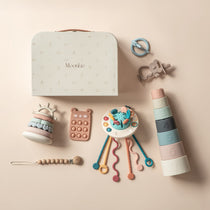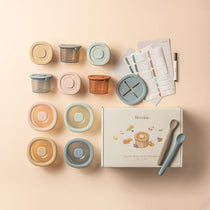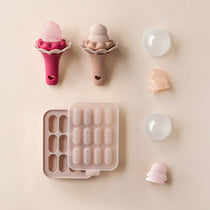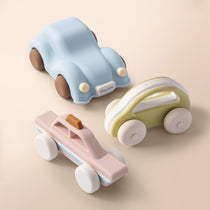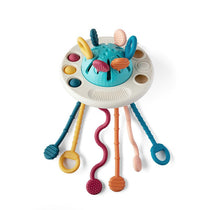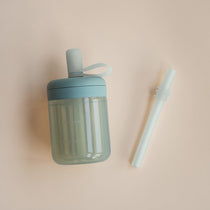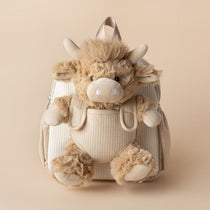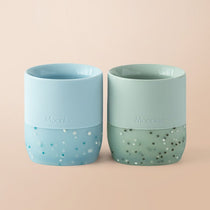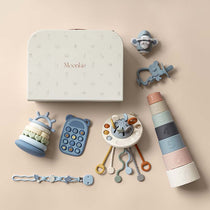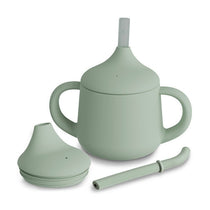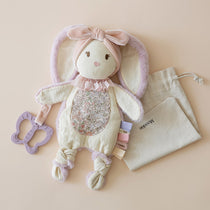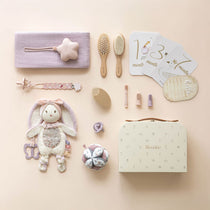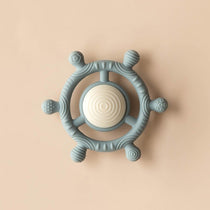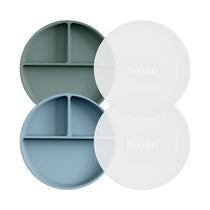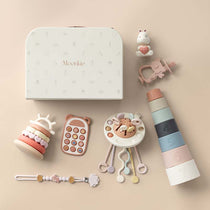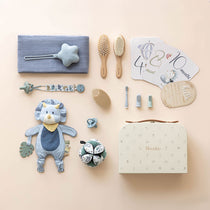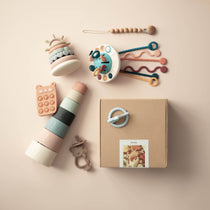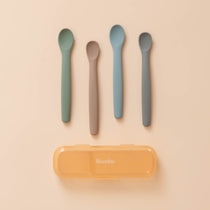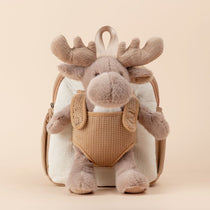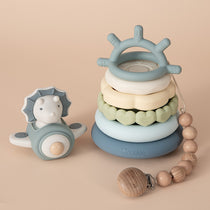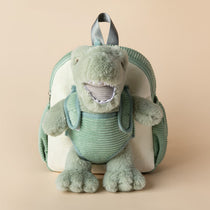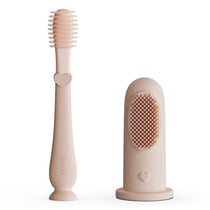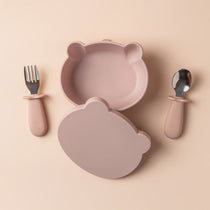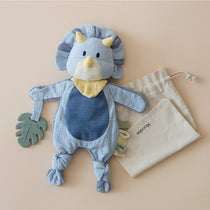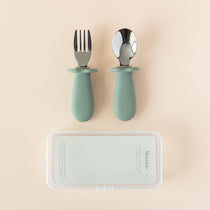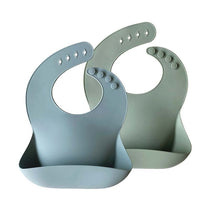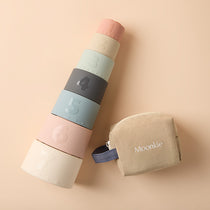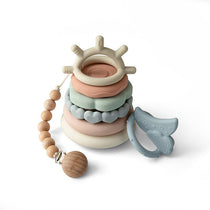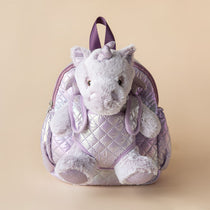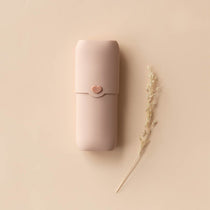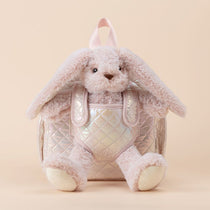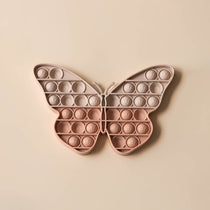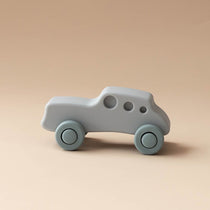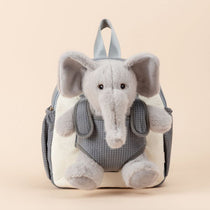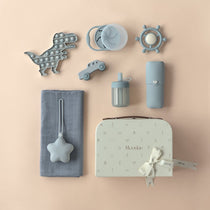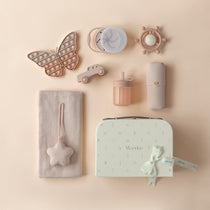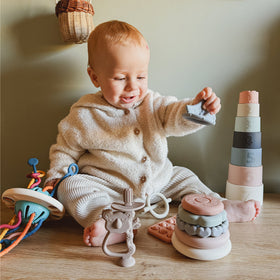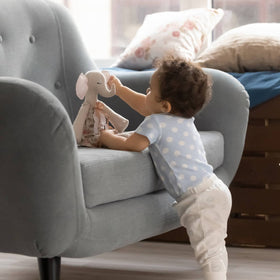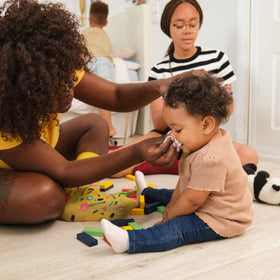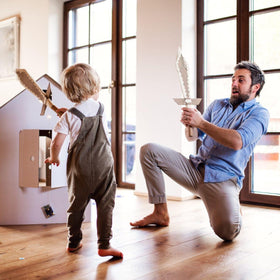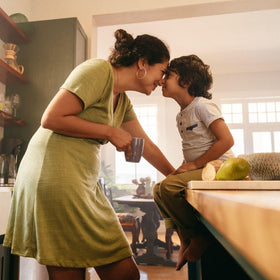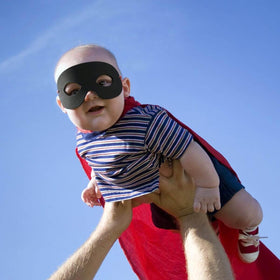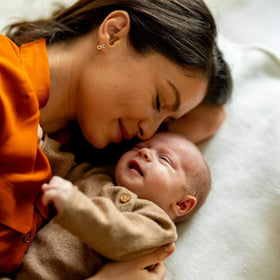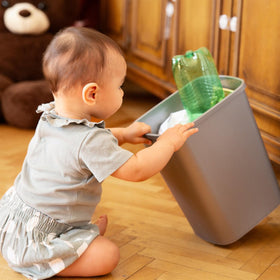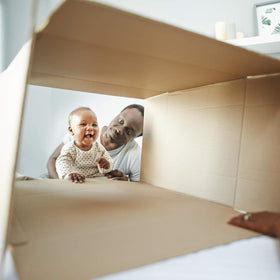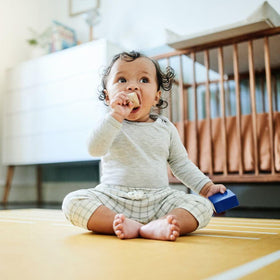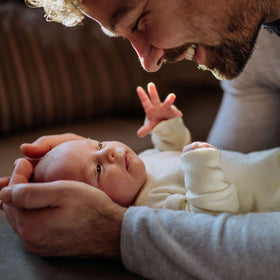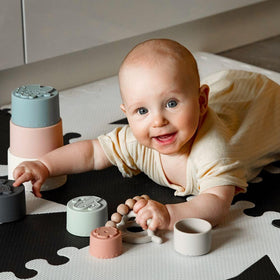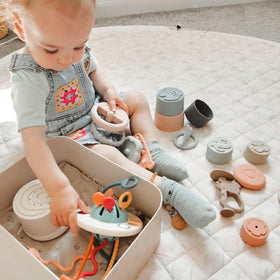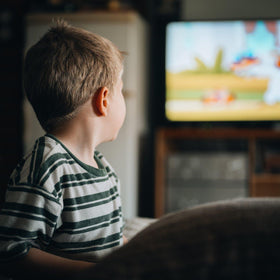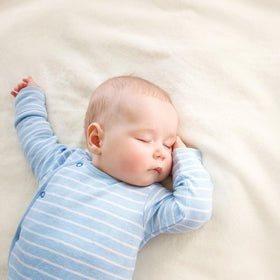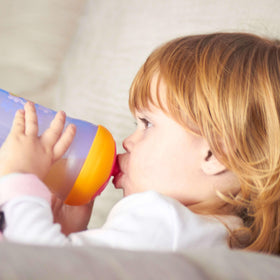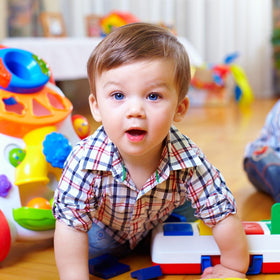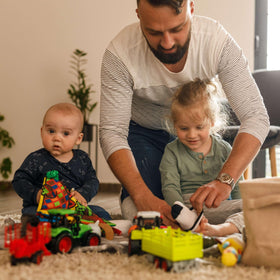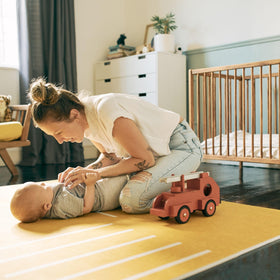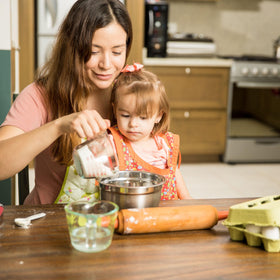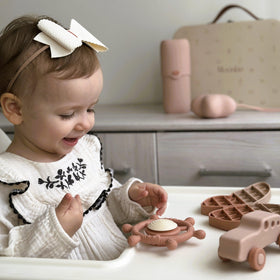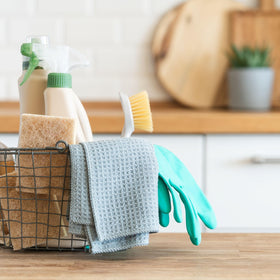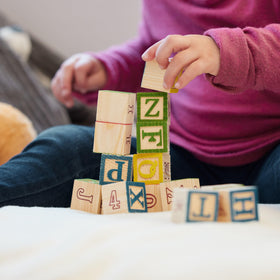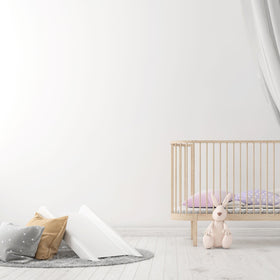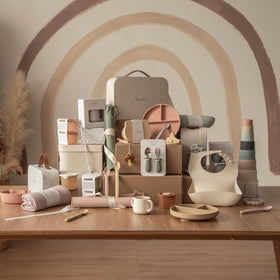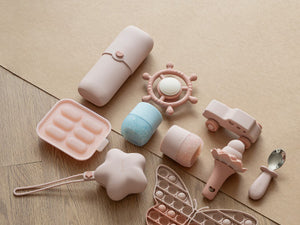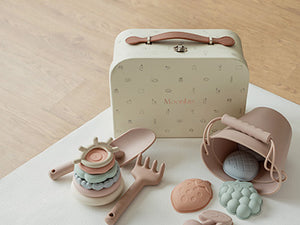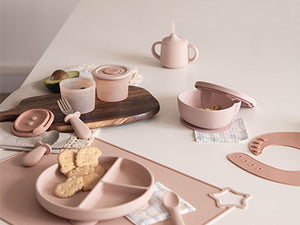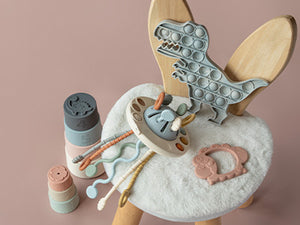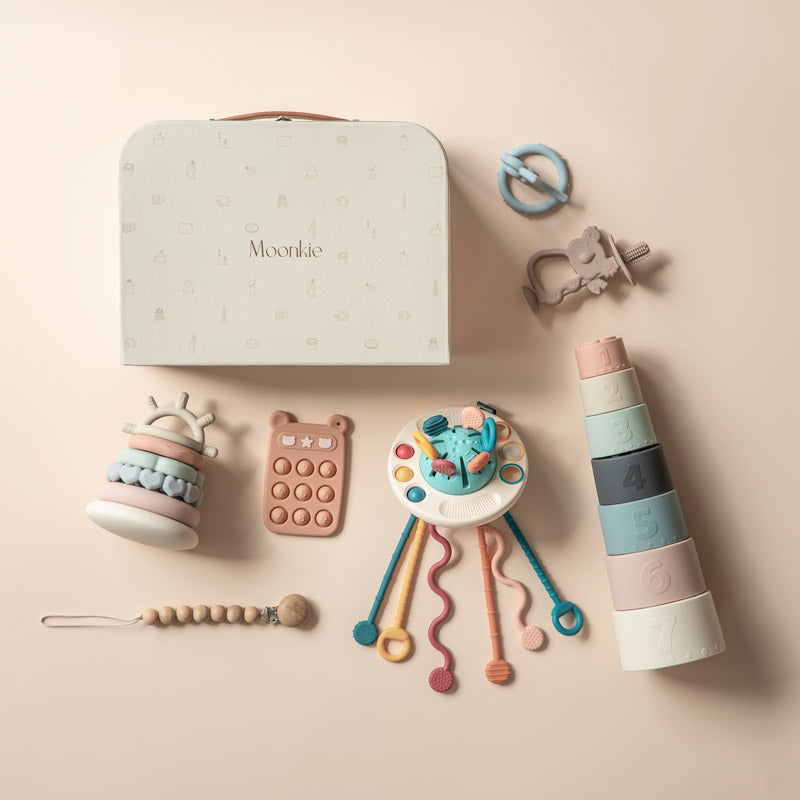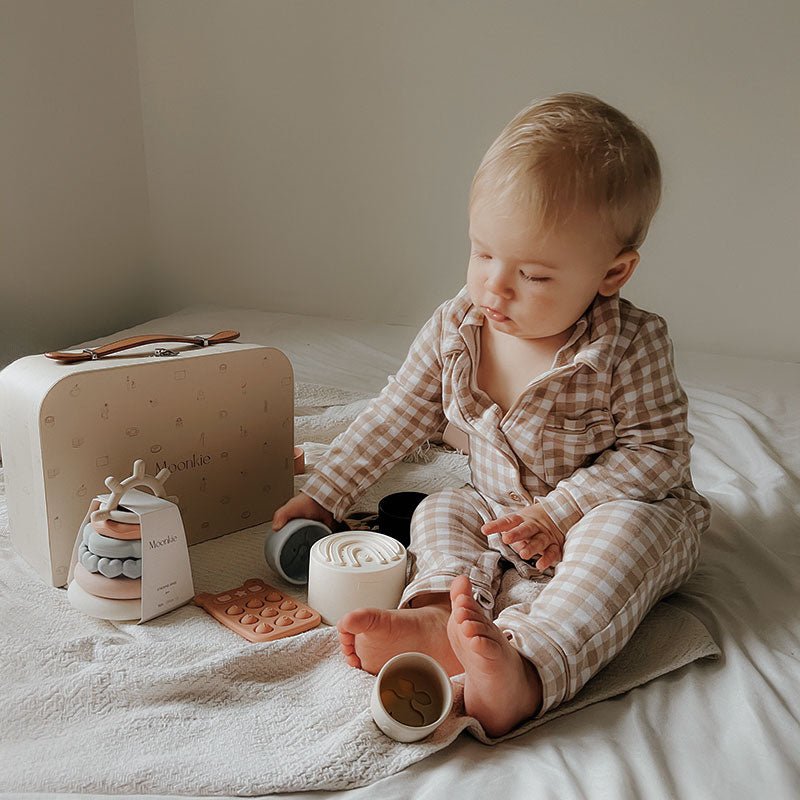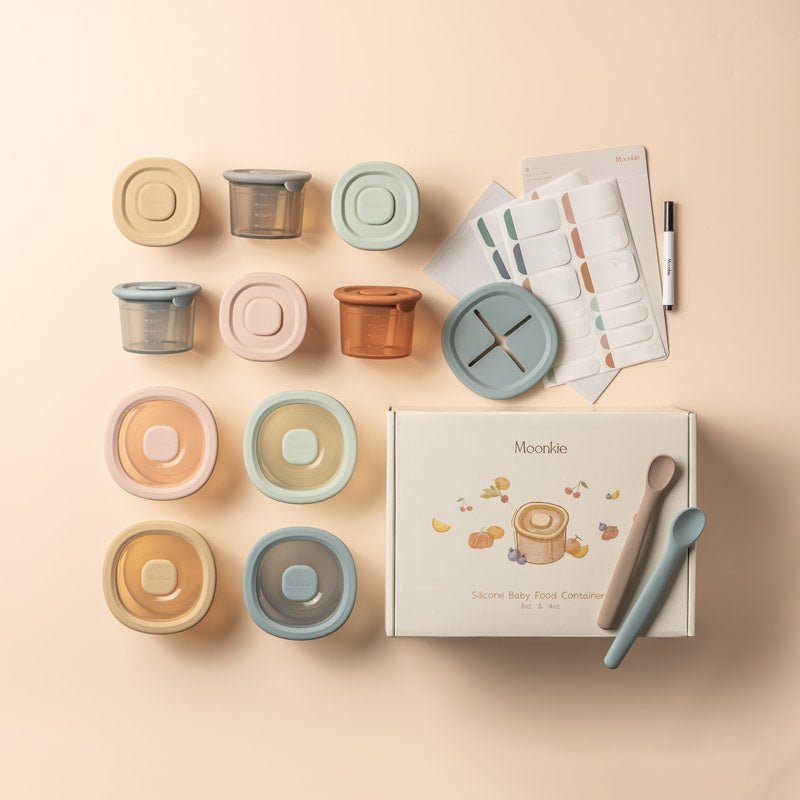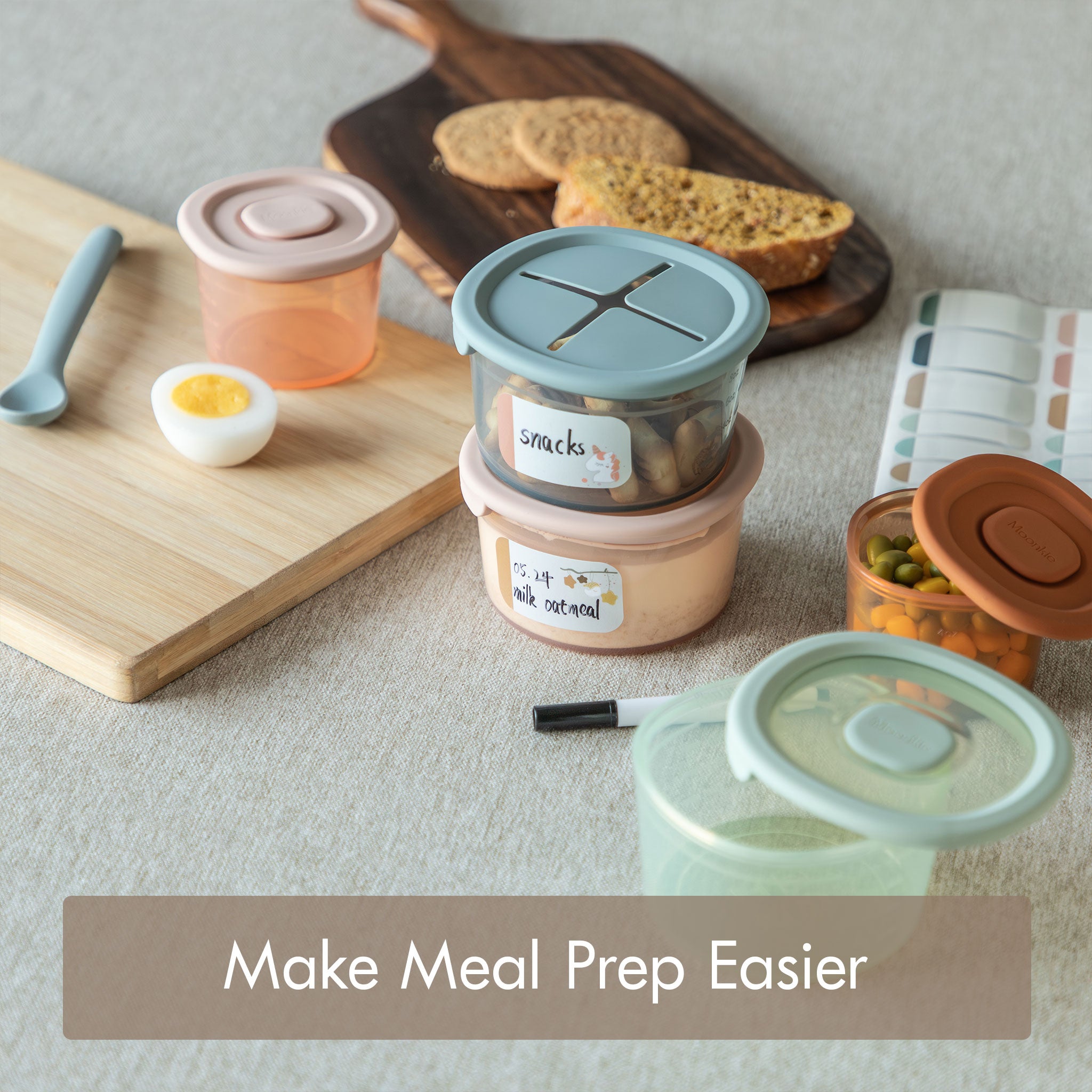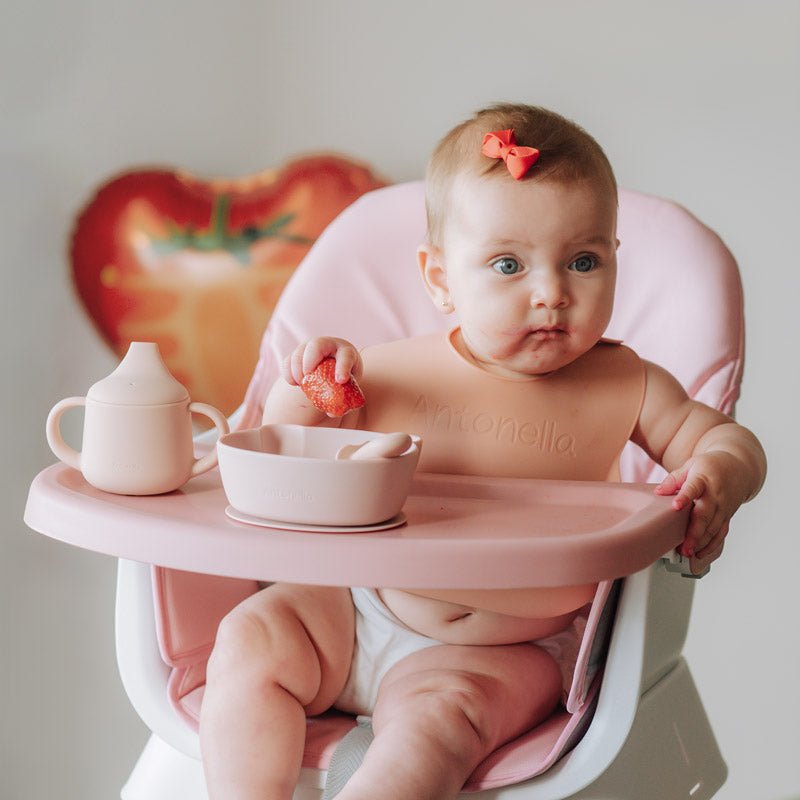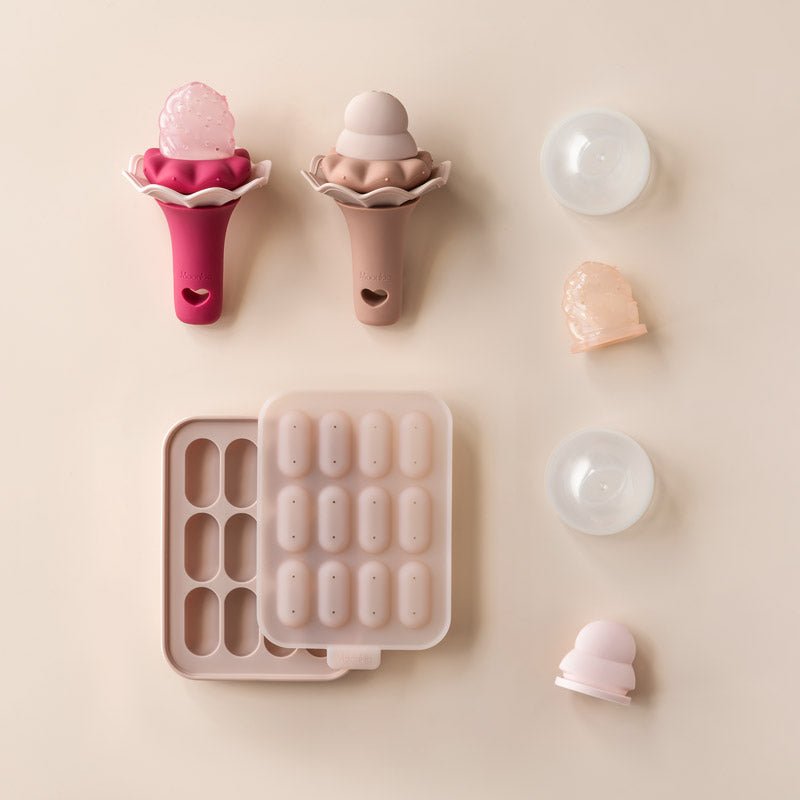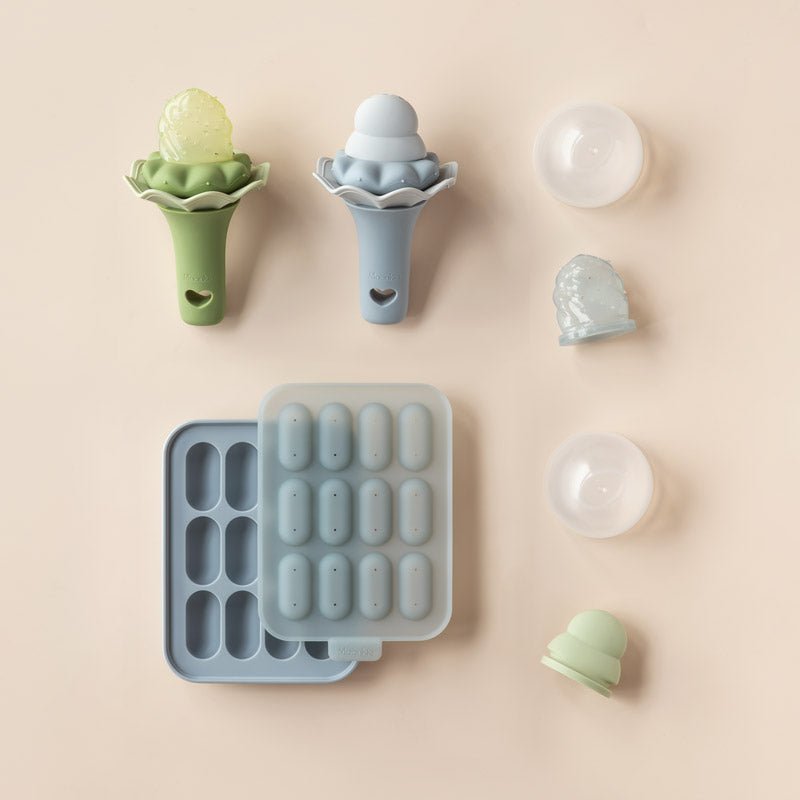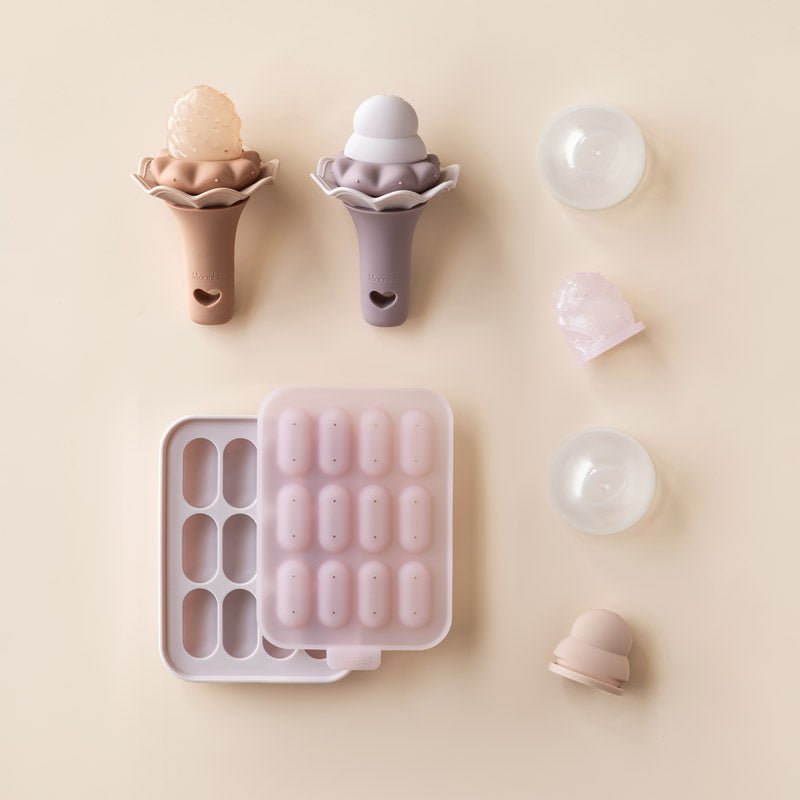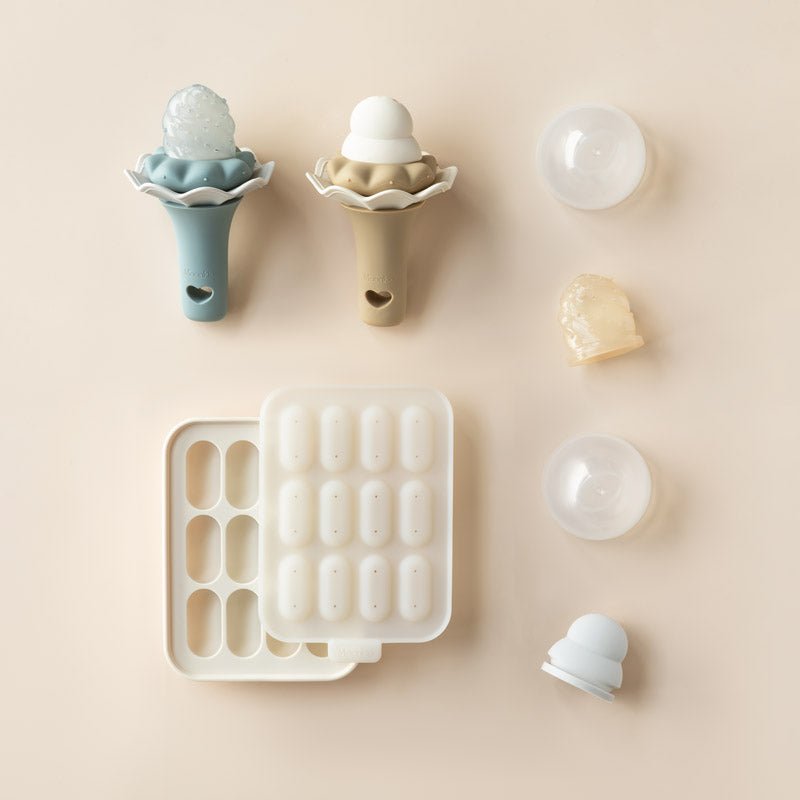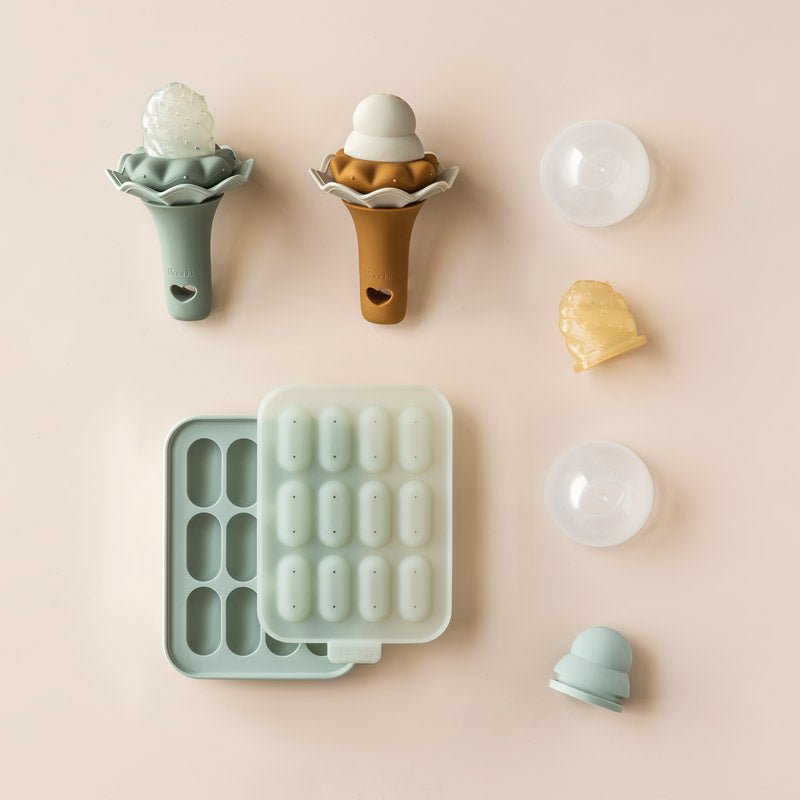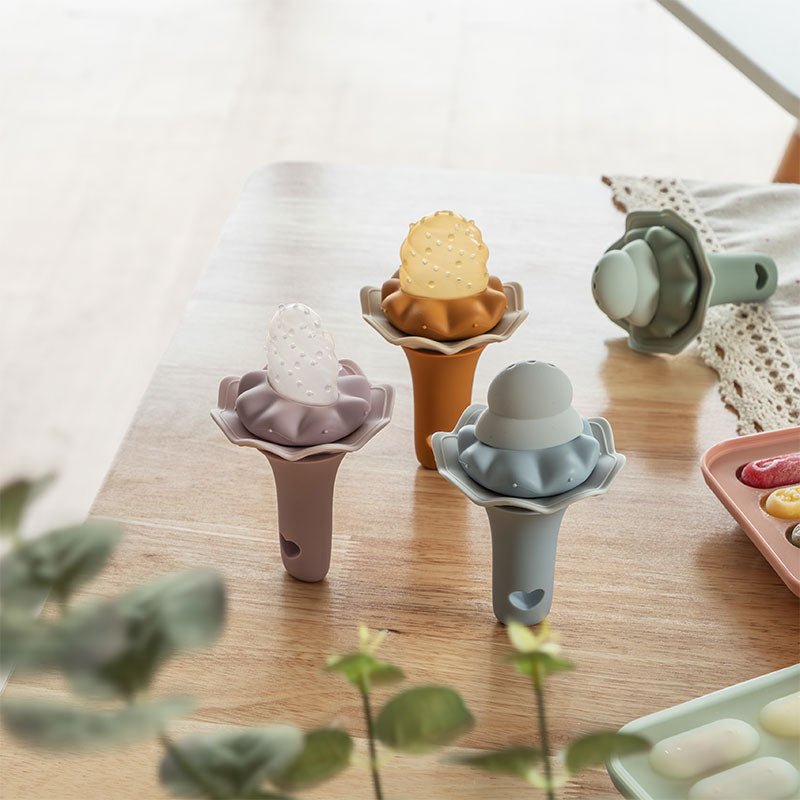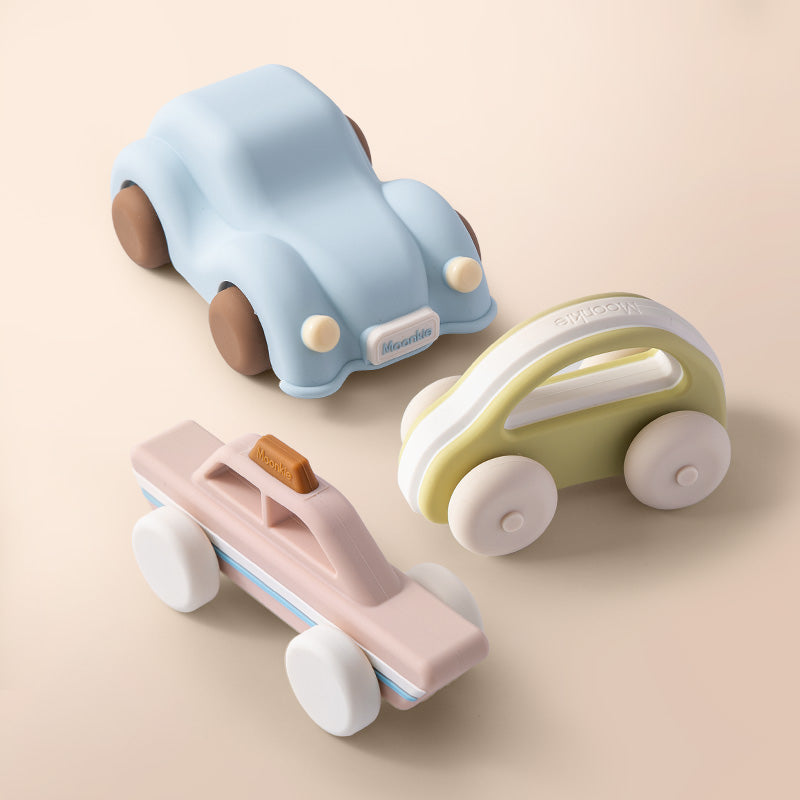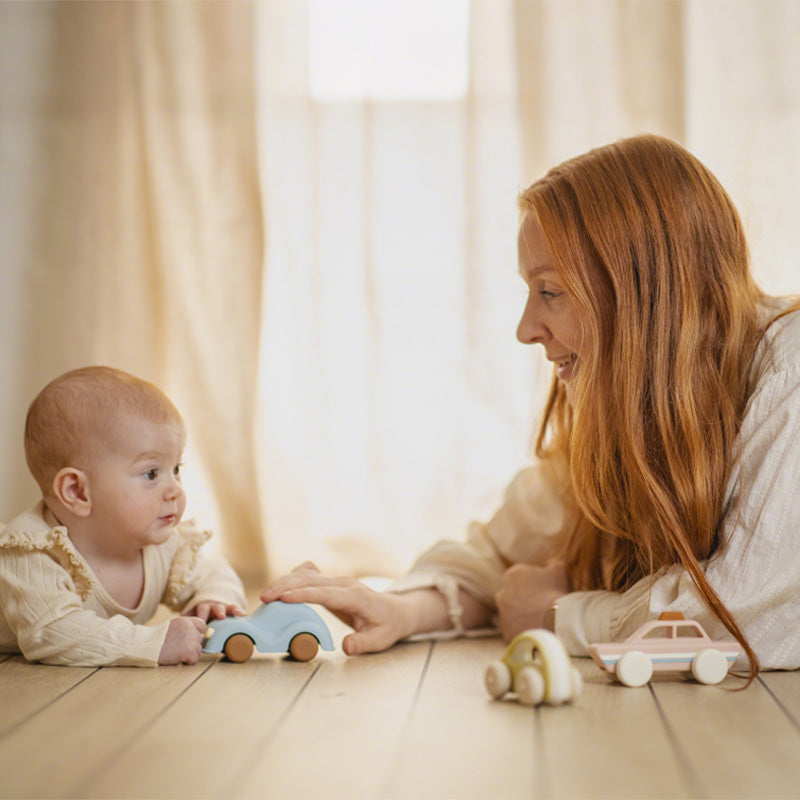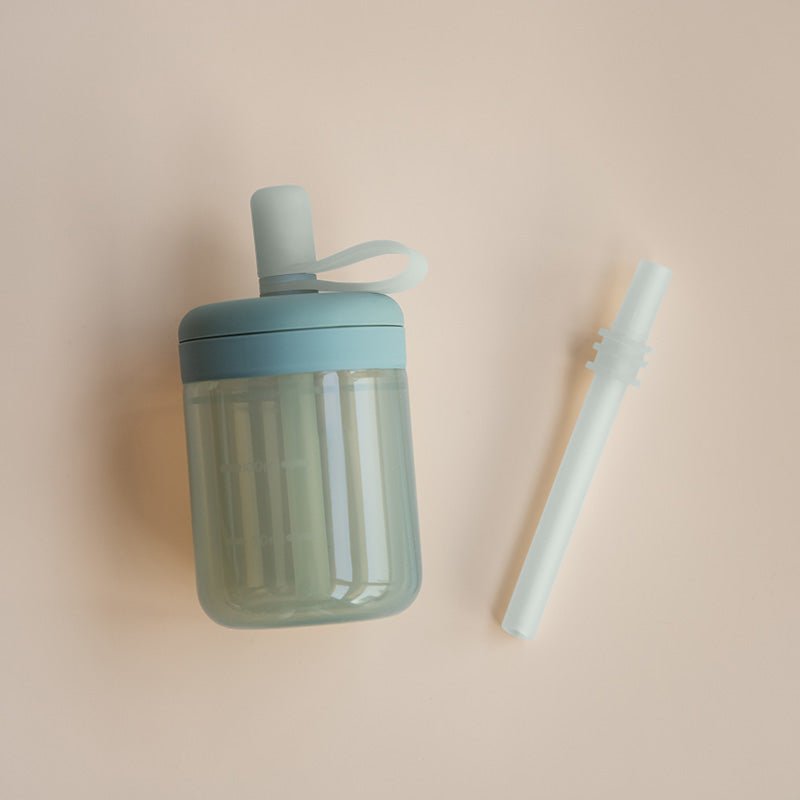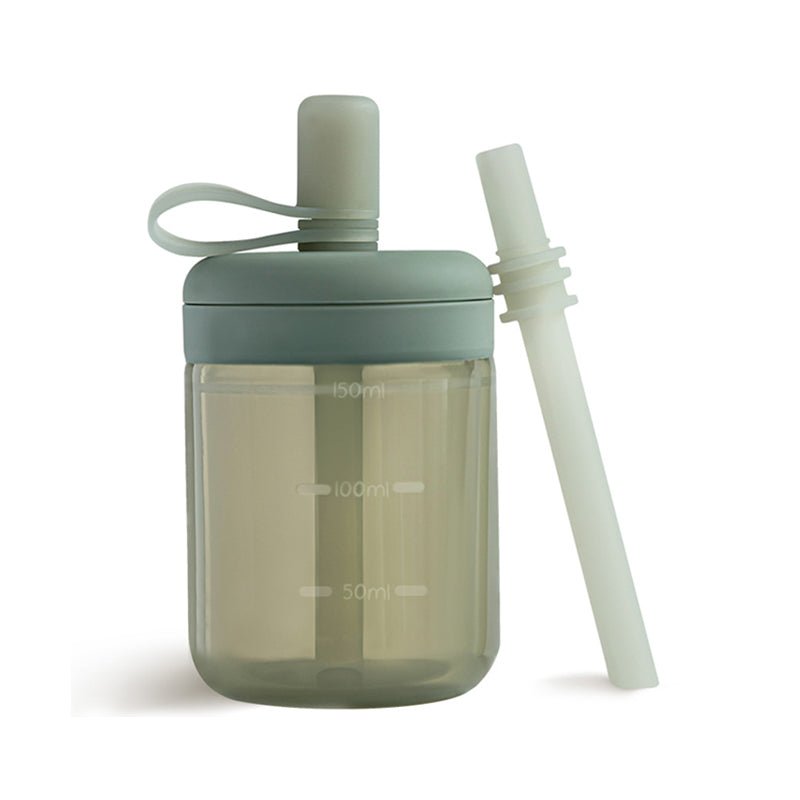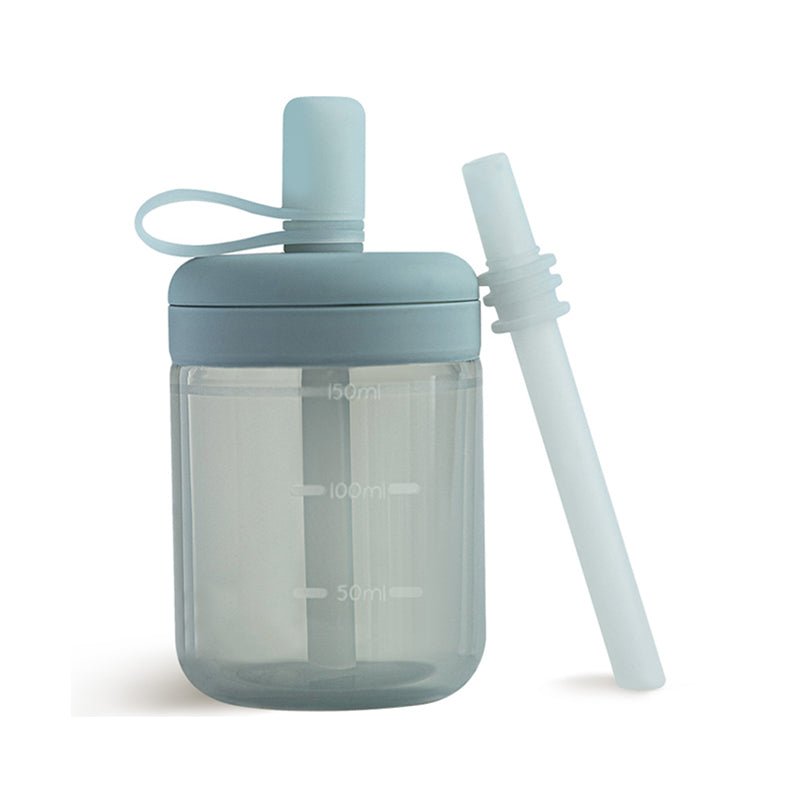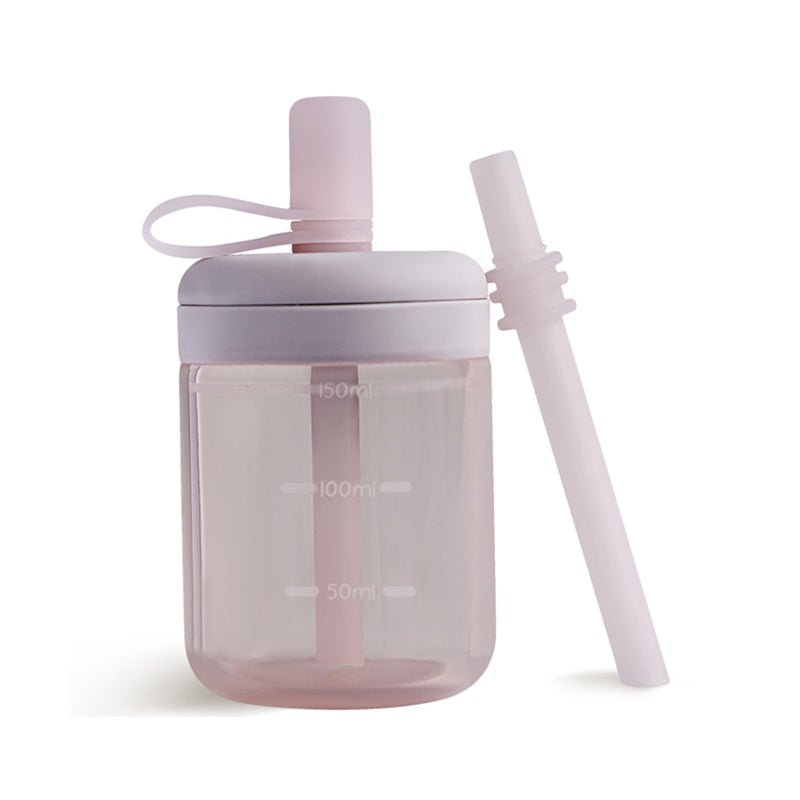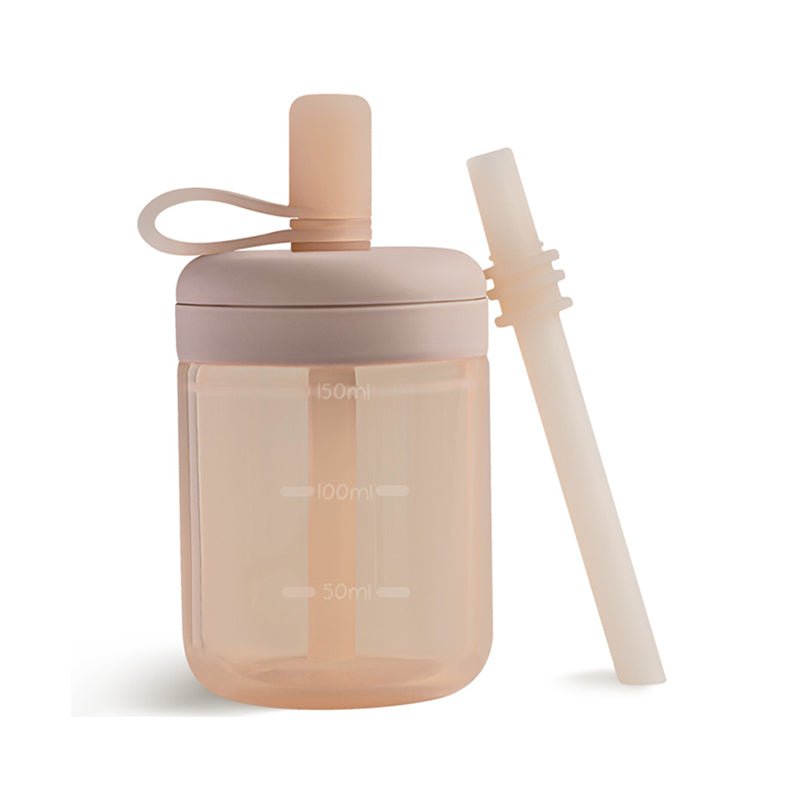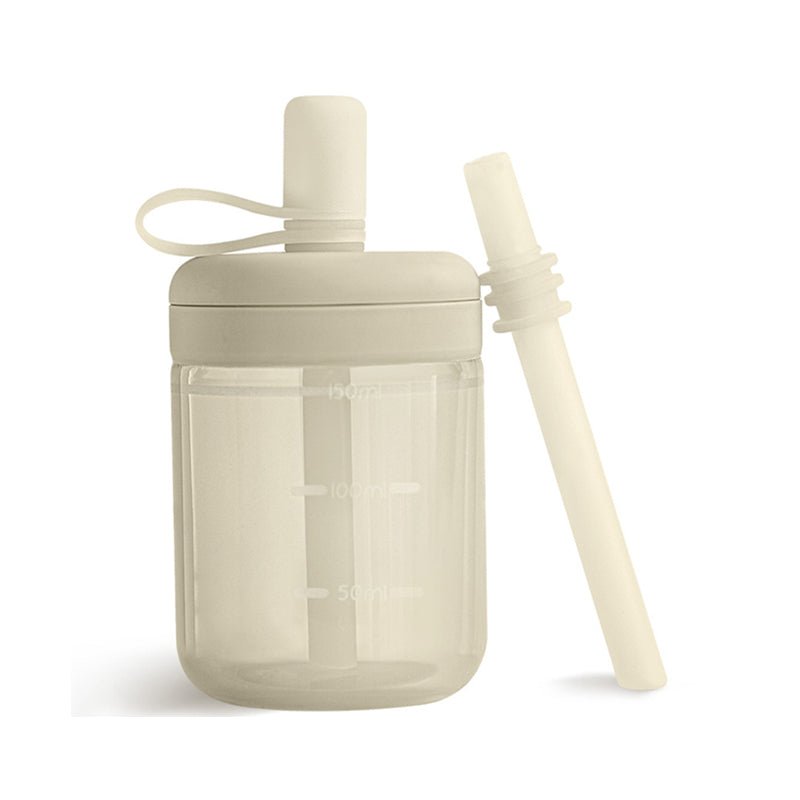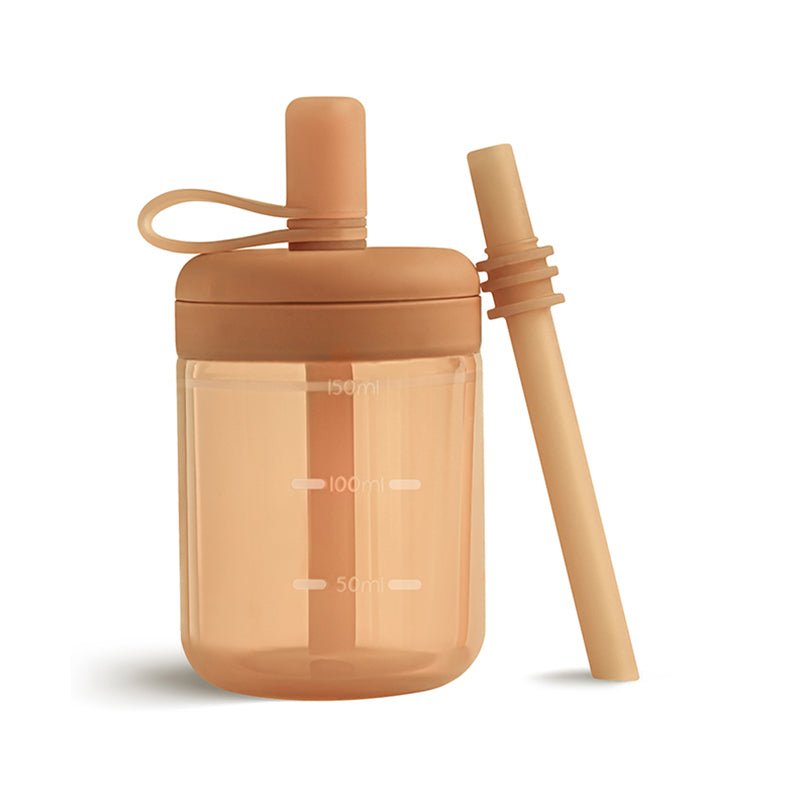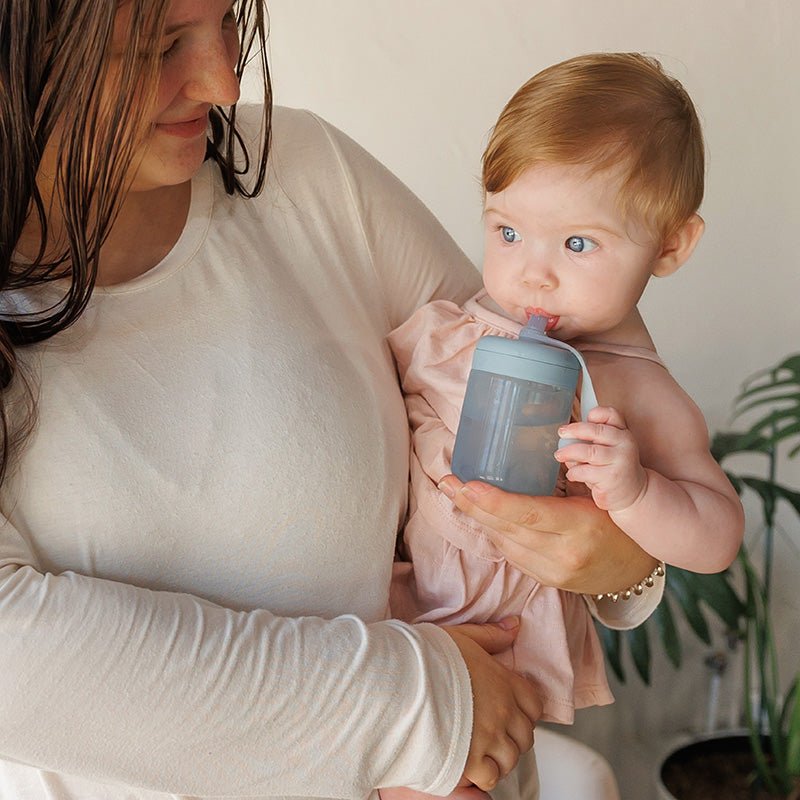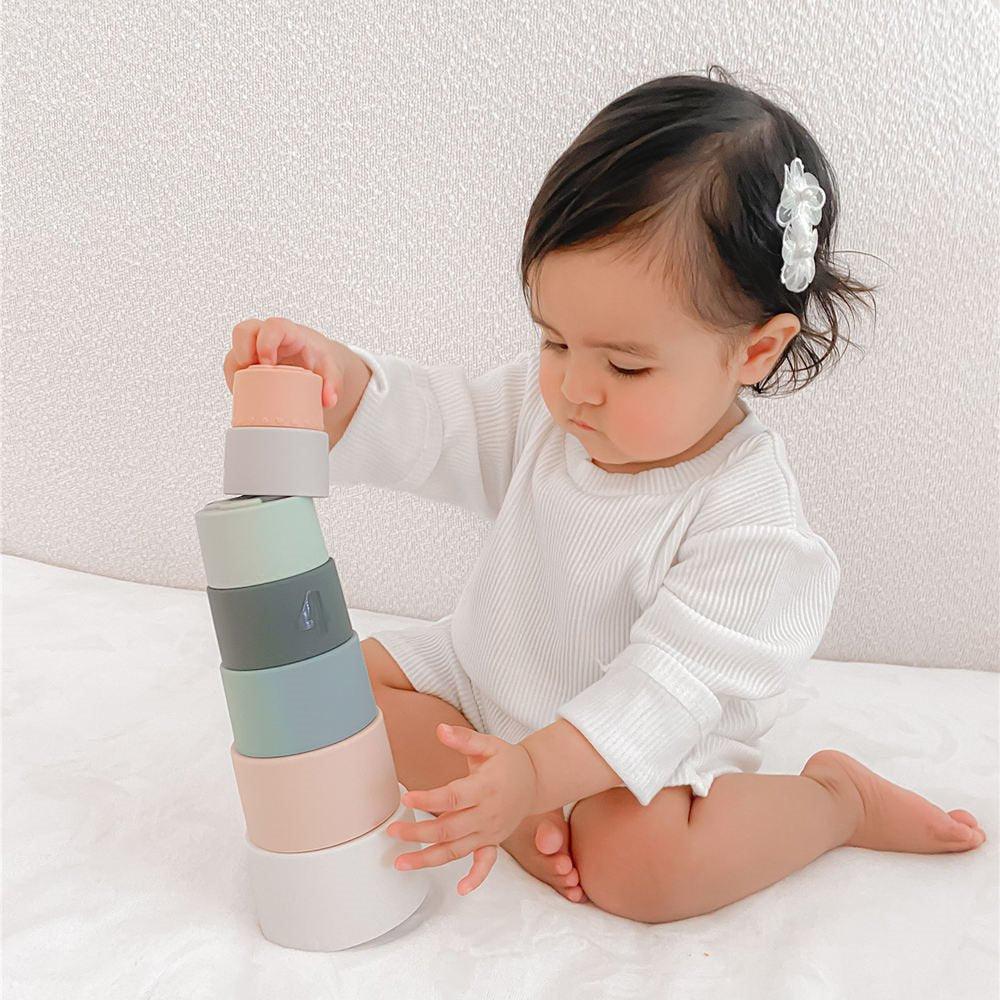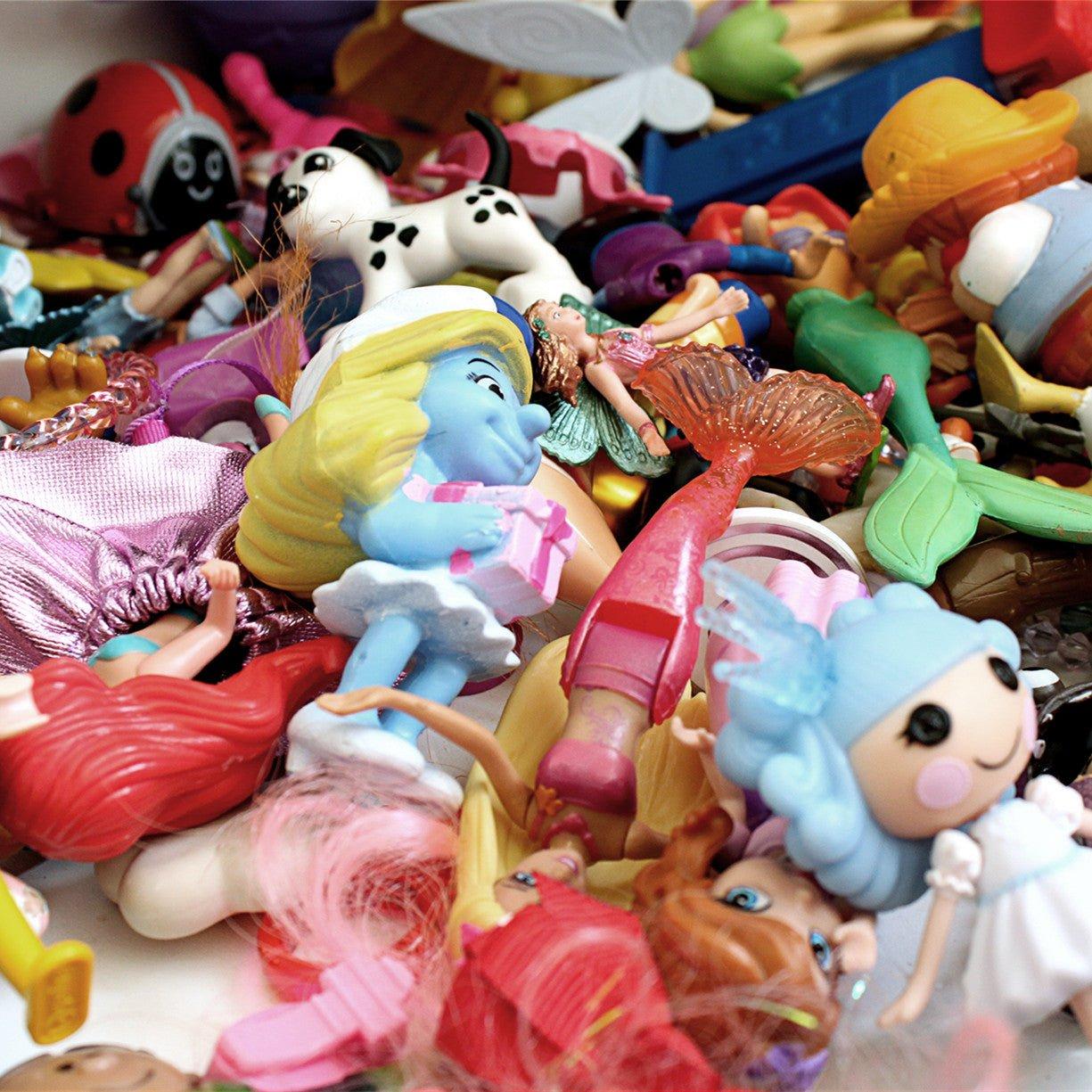Stacking toys have likely been around as long as babies have. Whether it's stacking rocks, blocks, or cups, babies and toddlers can't seem to say no to the challenge. It turns out that these toys not only provide entertainment for littles but also benefit development.
Stacking toys build fine motor skills, hand-eye coordination, spatial reasoning, and problem-solving skills that, when practiced regularly, benefit cognitive development significantly. Stacking toys also present opportunities to bond with a parent, practice social skills, and play imaginatively.
But what benefits do stacking toys offer specifically, and does the type of stacking toy or the variety of sets matter? We will sort out the answers to these questions and more.
The Benefits of Stacking Toys
The benefits of stacking toys are well documented in studies and research, and it is clear that playing with stacking toys from infancy is crucial for physical and cognitive development. It's even better if parents participate!
Stacking toys are any set of blocks or shapes meant to be stacked. They are passive, open-ended toys, meaning they do nothing in and of themselves, and there is no one right way to play with them.
Unsurprisingly, stacking toys are highly promoted in the Montessori and Waldorf education methods for babies, toddlers, preschoolers, and kids. Here is a quick summary of stacking toy benefits:
1. Develop Fine Motor Skills
Stacking toys require little ones to use their hands and fingers to grasp and place objects in specific positions. These movements help develop fine motor skills, which are crucial for overall development.
One study found that developing excellent fine motor skills in the early years contributes to overall success in language and numeracy skills. The same study found that paying attention in schools was also positively associated with excellent fine motor skills in girls (source).
2. Enhance Hand-Eye Coordination
Stacking toys require a child to coordinate their hand movements with their visual perception. This activity helps enhance their hand-eye coordination, which is the bedrock for later daily activities like writing, drawing, and sports.
Practicing hand-eye coordination early and often is vital to performing tasks as simple as carrying a glass of water, paying attention to something, or pressing buttons (source). Falling behind in hand-eye coordination can be costly to developing other skills.
3. Boost Cognitive Development
Stacking toys help babies, toddlers, and young children learn about size, shape, and balance concepts. Such activities boost cognitive development because children playing with stacking toys must practice self-control, fine motor skills, hand-eye coordination, and problem-solving.
As a baby grows into a toddler and beyond, he becomes more capable of wielding skills simultaneously. Because physical development moves in step with cognitive development, practicing fine motor skills is crucial for overall brain development (source).
The genius of stacking toys is that kids cannot resist the challenge, and progress in playing with them is progress in brain development.
4. Develop Creativity and Imagination
Stacking toys also provide babies and young children endless opportunities to create new structures and designs. This engages spatial awareness, color play, matching skills, eyeballing, balance, and "what if" questions.
Such imaginative play leads toddlers into social interactions with others that become more complex as they age, giving them the opportunity to practice sharing, emotional regulation, and social skills (source).
5. Encourage Parent-Child Bonding
Stacking toys also provide a fantastic opportunity to bond with your baby or toddler. Think about it: playing together involves sharing, talking (babbling counts), and working together (even if you build and he destroys), all of which strengthen your relationship.
The time you spend playing with your baby or toddler helps you understand what your wee one is capable of, gives your child a sense of belonging and security, and helps build powerful family bonds (source)!
Are Stacking Toys Important for Toddlers?
Yes! All five benefits listed above also apply to toddlers. Fine motor skill development continues by leaps and bounds through to eight years of age, so toddlers should definitely play with stacking toys to reap their benefits!
As you watch your toddler play with stacking toys, you will notice a lengthening attention span, intense focus, more creative designs, challenging balancing acts, and babbling.
Though using a screen to keep your toddler in one spot while you get something done is tempting, letting her play with passive toys to develop her focus and sense of independent play is better in the long run.
If your toddler wants you to play constantly, visit what she's playing with often and spend a few minutes each visit talking about the toy and playing together. As your toddler becomes more focused, you can gradually add more time between visits.
Should I Have Multiple Types of Stacking Toys Available for My Baby or Toddler?
Absolutely! Different types of stacking toys challenge skills in balancing, fitting together, and spatial reasoning. So, each new set is a new growth opportunity for physical and cognitive development.

For example, wooden blocks may require more fine motor skills, hand strength, and dexterity to stack, while foam blocks may be more manageable to manipulate and stack for younger children.
Even a curved silicone rainbow stacking toy presents challenges different from those of silicone stacking cups. A variety of stacking toys will provide a range of practice.
Beyond skill development, children have varying preferences for toys. Some children prefer wooden stacking toys, while others prefer silicone or plastic ones. Young children may also have preferences between shapes and colors, particularly if one stacking set is easier to grasp than another.
Yet another developmental benefit of having multiple types of stacking toys available is keeping your little one entertained for longer. You can leave two different sets out at a time and rotate them out with another two sets every week, or give your child the wild idea of combining sets.
Having multiple stacking toys available is incredibly useful, but ensure they are age-appropriate. For example, a toddler's set of heavy wooden blocks may just frustrate or hurt a baby. Likewise, foam blocks may be easy for a mischievous toddler to tear up. Little Legos would be a choking hazard for babies and toddlers.
So, though having multiple types of stacking toys is an excellent idea, choose options that will last through multiple stages of development or switch out sets as your child grows. Here are 10 Montessori Stacking Toys for Toddlers to give you some ideas!
Does the Material of a Stacking Toy Matter Much?
Yes and no. A stacking toy set's material matters for easy cleaning, durability, and graspability. However, in terms of whether that material impacts physical and cognitive development, the results are mixed.

Wooden blocks are simple in design, durable, easy to grasp, and more environmentally friendly. Their simplicity makes creativity more readily accessible than complicated shapes and designs. The natural look and feel of wooden blocks are also a huge benefit.
But wooden blocks are finicky to clean. You cannot soak them, use bleach, or wash them with hot water for cleaning. Since wood is porous, you also should avoid using chemical disinfectants and sanitizers; the chemicals can dry out the wood or harm your child (even after rinsing).
You also must inspect wooden blocks frequently for splintering, punctures, or cracks. While they typically last a long time without issue, creative toddlers have an uncanny way of destroying things.
How Do Wooden Toys Compare to Plastic Ones?
Wooden toys are carefully made from natural materials and are biodegradable. Assuming the finish is free of harmful chemicals, they are an excellent choice for babies and toddlers if you can keep them clean.
Plastic toys may contain toxic chemicals, such as phthalates, BPA, or PVC, which are often used in plastic toys and everything else in modern life. I put lots of information together on these chemicals, including why they are harmful and how much gets through despite regulations in Are Plastic Toys Bad for Babies?
Long story short, plastic is not good for babies and toddlers, according to hundreds of studies. And some plastic toys that claim to be free of harmful chemicals likely still contain them. The moral of the story is to do your homework and avoid buying cheap plastic toys.
How Do Wooden Toys Compare to Silicone Ones?
What about silicone? Silicone is everywhere in the baby product world, but it is a synthetic material. The thing is, higher grades of silicone are the most stable synthetic material we could possibly make baby products out of.
Unless subjected to temperatures well above the boiling point of water, silicone does not leach harmful chemicals. I discuss this more in Pros and Cons of Silicone Baby Toys: A Comprehensive Guide for Parents and Are Silicone Baby Teethers Safe? What You Need to Know.
The key is that a silicone baby product must be made of high-quality food-grade or medical-grade silicone void of fillers. You can test whether a silicone item has a filler by pinching or twisting a piece of it. If the stretched silicone turns white, there is a filler.
At Moonkie, we love food-grade silicone's durable, safe, versatile, easy to clean, and hypoallergenic nature. With smart, beautiful designs, our high-quality silicone products are highly rated and currently delight millions of little ones.
What Are the Cons of Natural Materials in Baby and Toddler Toys?
Natural materials make beautiful baby and toddler toys that feel good in texture and weight. They are also biodegradable and typically more sustainable than plastic or silicone in production. However, they tend to fall apart or get damaged more easily than silicone.
Organic cotton toys can wear out within a few months, particularly if getting washed often, pulled on, or left out in the sun. They can also mold if put away when wet. Like wooden blocks, it may not be possible to disinfect cotton toys, especially with harmful chemicals.
Natural rubber toys feel nice and can be cleaned by hand. Just don't leave them in the sunlight for long; don't boil them for sterilization, put them in the dishwasher, or submerge them in water. There are a lot of ways natural rubber toys can be damaged in daily living.
Natural material baby and toddler toys are excellent for your little one if you diligently care for them!
Why Do Little Kids Like Stacking Toys?
Stacking toys have always been a favorite among little kids. They are fun to play with and significantly benefit development. But why kids show so much interest in stacking toys has confounded parents and experts alike.

Young children develop along similar paths on their own, though their environment, adult influences, and parental guidance or lack thereof certainly impact that path significantly. Stacking toys are the perfect activity for practicing so many skills in tandem with one another and present opportunities for connecting socially, too.
So, part of a child's interest in stacking toys could be the physical and mental challenges they pose. Kids can't turn down a challenge!
Another reason kids like stacking toys is that when they successfully stack objects on top of each other, they feel a sense of achievement, especially when praised by parents or friends. That reward releases all kinds of good stuff in the brain.
Specifically, this feeling of accomplishment boosts a child's self-esteem and confidence, which are key components in taking on other challenges. Perhaps that feeling is why many adults are drawn to stacking toys like Legos.
Why Do Some Adults Like Stacking Things?
Some adults really get into stacking things. Whether it's Legos, strategically packing suitcases, methodically organizing the pantry, or carefully putting stones in stacks along a riverbank, they just can't help themselves.
Sometimes, it's something like OCD or necessity, but sometimes, adults just want to play. Stacking things can be relaxing and calming in a world full of constant noise and responsibility.
Some adults just like a challenge. Organizing a messy pantry on a lazy Saturday just because one can is a good example. Maybe an adult gains satisfaction from the process of organizing and stacking.
If you are one of those people who watches home organization videos or gains satisfaction from watching "perfect stacking" videos, you may find orderliness satisfying.
Do regular stacking habits improve brain function in adults? Maybe. There's not a lot of research on normal, healthy adults stacking things other than habits, sports, and schedules. Stacking games and toys are suitable for physical therapy and the elderly, but more research is needed for regular adults.
In a Nutshell
Of all the toys out there for babies and toddlers, stacking toys seem to be among the most beneficial and varied. If you are looking for ways to give your little one a leg up in the world efficiently and effectively, providing two to four sets of stacking toys is a solid start!

